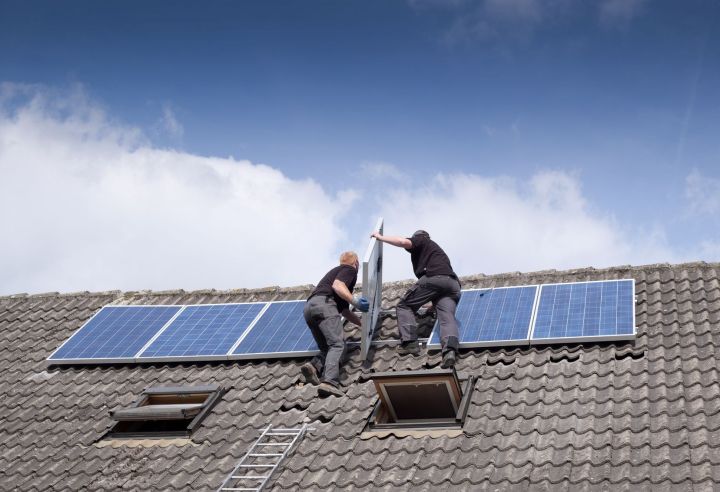
Solar industry jobs increased 25 percent in 2016, compared to the 2015 Solar Job Census. With more than 51,000 new jobs added since 2015, the total employment in solar energy was 260,077. Employment in the solar industry has almost tripled since the first census in 2010, increasing by at least 20 percent in each of the past four years. Employers polled in the census expect another 10 percent increase this year, for a total of 286,335 solar workers.
The National Solar Jobs Census requires that workers are employed at least 50 percent of their time in the solar industry to be counted in the statistic. The group reports it has consistently found that about 90 percent of solar workers spend 100 percent of work time in solar-related employment.
As the solar energy industry grows, more states will figure significantly in solar jobs numbers. In 2016 California, Massachusetts, Texas, Nevada, and Florida had the highest numbers of solar energy workers.
Vox reports that solar energy accounts for only 1.3 percent of electricity in the U.S. today, but it’s increasing and in that growth, one of every 50 new jobs in the U.S. in 2016 was in the solar industry. The jobs’ growth is mostly in installation, with the largest portion, 41 percent, in residential markets, the most labor-intensive. The median wage for solar installers is $25.96 per hour.
Quoting the Solar Jobs Census, Vox reports, “Solar employs slightly more workers than natural gas, over twice as many as coal, over three times that of wind energy, and almost five times the number employed in nuclear energy. Only oil/petroleum has more employment (by 38 percent) than solar.”



